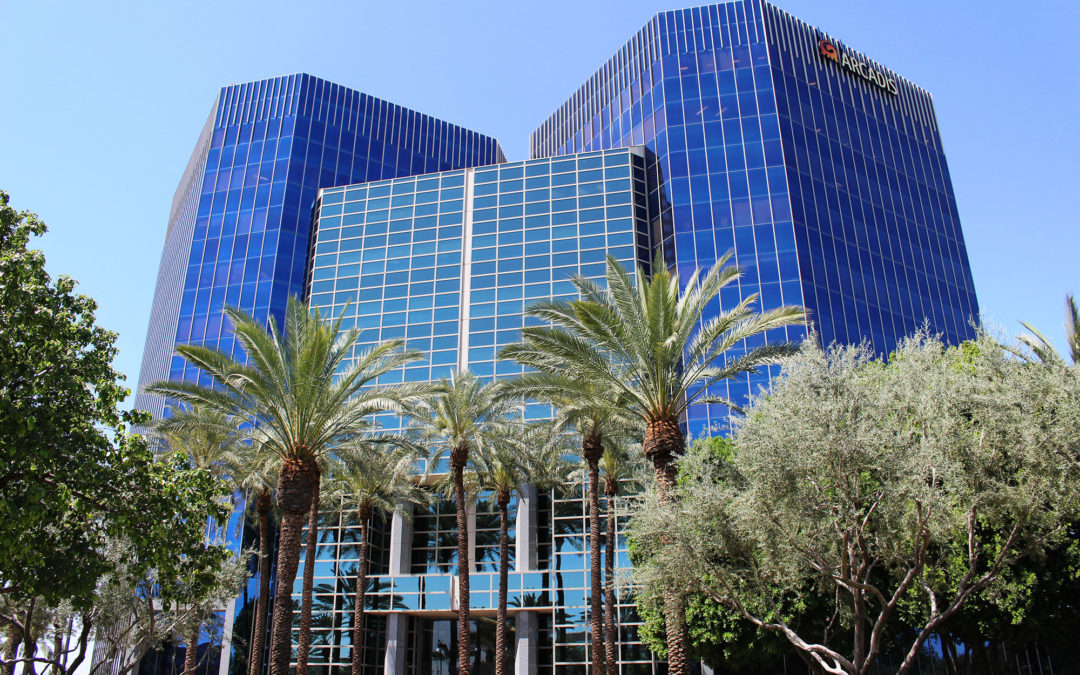Among other things, the rise of the distributed workforce gives me pause as someone who invests time and money in commercial real estate. Don’t get me wrong; there will always be a need for companies to have a physical base of operation. I’m not worried about the elimination of workspace as we know it. What I forecast is a reprioritization of what matters to investors and CEOs when it comes to making commercial real estate decisions, especially in Arizona.
Location, Location, Location
In real estate we always hear, “Location, Location, LOCATION!” Being geographically close to a workforce remains an important consideration. But for many it is less critical to be seen in the highest rent districts or in the most stunning high rises. Many investors and business owners choose to prioritize convenience and functionality over cachet when making decisions about commercial space. The idea of showing your success solely based on the part of the city in which you’re headquartered is losing its draw. Lots of the business owners I speak with regularly, particularly those operating out of our coworking or co-manufacturing spaces, are more concerned about being smart than flashy when it comes to investing their business dollars in a space.
And by smart, I don’t just mean tight with their purse strings. More and more companies embrace a distributed workforce or allow for flexibility in how/where employees get their jobs done. When a company adopts this emerging trend in its working culture, the polish of a Class A space loses its luster. It’s certainly not mandatory from a practical perspective.
The Employee-Friendly Factor
And then there’s the question of how employee-friendly many commercial spaces are. What if you re-imagined how important external-facing, traditional “amenities” like tile and mahogany really are? What if you asked yourself what provides more value to your actual workforce? Is there an on-site gym, access to continuing business education programs, conveniently-located restaurants or regular visits from food trucks? There’s so much more to consider with a workspace if companies embrace its changing nature. You must determine what draws people back to the office when they don’t have to be there to get the job done. And I can tell you that it takes much more than just an expensive office.
Valuing Stakeholders’ Needs
Perhaps this is why you see so many “Available” signs outside of higher-end commercial properties. Savvy investors and business owners realize that it’s not just about the sizzle of a sexy location anymore. You have to consider ALL of the stakeholders, including those working in the space. It’s a must to cater to their needs. It’s also more cost-effective to snatch up a less-popular Class B space and purposely renovate it. The refreshed space appeals directly to the needs of the people working out of it at a lower cost.
In Arizona, this translates to huge opportunity for every metro area and outskirt city. Companies don’t have to be rooted in North Scottsdale or Central Phoenix, for example, to be considered successful or capable. A study of emerging trends in commercial real estate in Europe shows how this perspective is already alive and well across the pond (and we all know how trends overseas tend to make their way to our shores).
“While physical space and location are still the foundations around which value is created in real estate, shifts in customer expectations are blurring boundaries between sectors and changing how value is delivered.”
The keyword as I see it is ‘value.’ As buyers’ expectations shift, so does their definition of value. From my perspective as an investor in commercial real estate, value is no longer defined by what the location says about the business, but rather what the space does for the workers who operate out of it.

